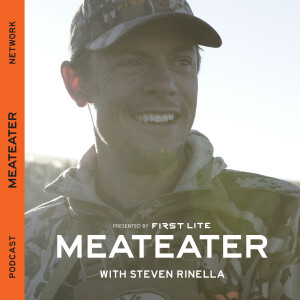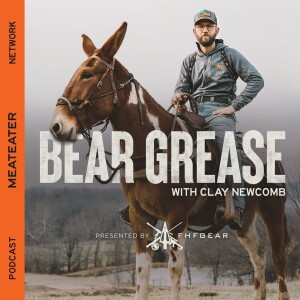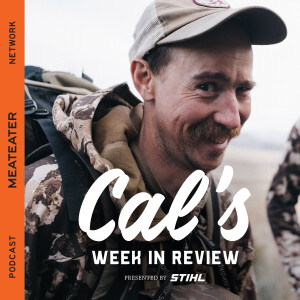

Ep. 95 From Survey to Season: CDFW’s Melanie Weaver on California’s 2025 BPOP
Senior Environmental Scientist (Specialist) Melanie Weaver joins Jeff and Carson to explain how California’s Breeding Population (BPOP) survey is flown, what this year’s numbers say, and how those data drive next year’s hunting frameworks. Weaver details the fixed-wing transect method, why multi-year wet cycles matter, and why harvest regulations follow a structured, flyway-wide model rather than gut checks.
In this episode:
How the survey works — nine strata statewide, low-altitude fixed-wing transects, and trained observers reading birds at speed.
2025 headline numbers — total ducks up ~27% from 2024 but still ~11% below the long-term average; mallards up ~49% yet ~16% below the long-term average.
From data to regulations — California’s counts feed the Western Mallard AHM model, which sets next season’s duck frameworks across the Pacific Flyway.
Harvest vs. habitat — average bags run ~2–4 ducks per hunt, so changing limits from 7 to 5 rarely moves the needle; habitat and weather are the bigger drivers.
Whether you’re planning opener or following policy, this conversation gives a clear, data-driven picture of where California’s ducks stand and how decisions get made.
🦆 Enjoy the show? Please follow, leave a quick review, and share it with your hunting crew—your support keeps these conversations (and the flyway) moving.
More Episodes
All Episodes>>Create Your Podcast In Minutes
- Full-featured podcast site
- Unlimited storage and bandwidth
- Comprehensive podcast stats
- Distribute to Apple Podcasts, Spotify, and more
- Make money with your podcast












